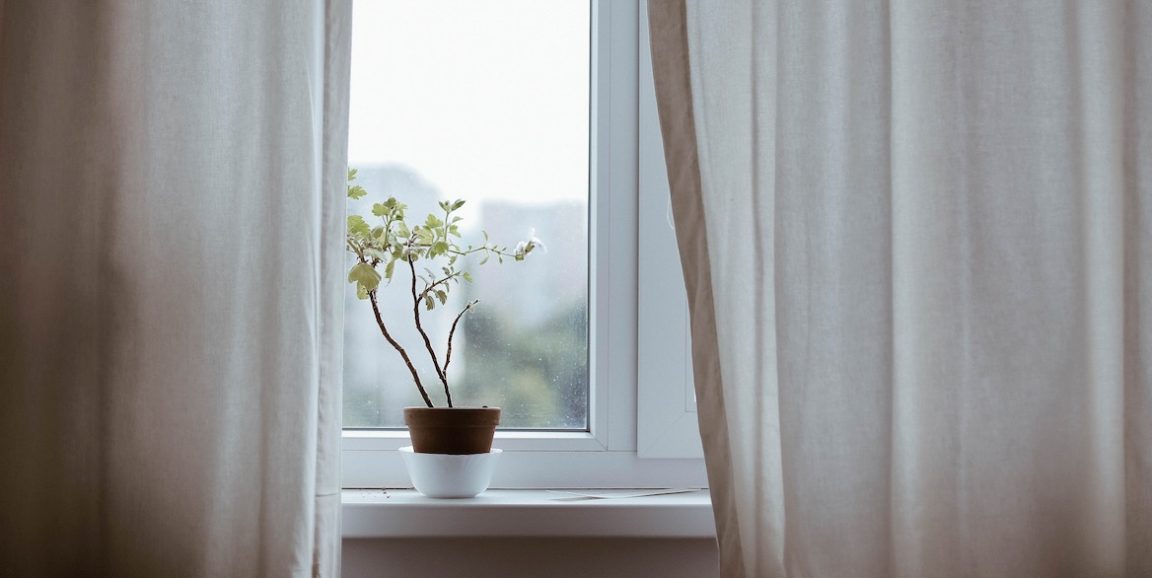The patient, I'll call her Leslie, started to shake. She struggled to speak, unable to answer my questions. The day before, she'd had emergency surgery to stop a bleed in her brain, leaving her with an incision at the back of her skull, her slight frame fragile and exhausted.
Finally, Leslie met my eyes and whispered, "I am feeling very anxious." I turned, reflexively scanning the room for her family. But no one was there.
No one was there because of the COVID-19 pandemic. Stanford Health Care, like so many other hospitals, has restricted visitors to protect patients and staff. It's a necessary, but hard step -- and as I write this, I know leaders are closely monitoring the situation, with the goal of eventually bringing families back into the hospital.
I tried to calm her, but her body continued to tremble. I dialed her family. Leslie had experienced such episodes at home, her sister told me. She went on to describe a way of calming Leslie. With my masked face and gloved hands, was there any chance that I, a near-stranger, could offer this patient human comfort? If only her family could walk into the room and provide the assurance she needed. Instead I began speaking softly, saying the kinds of words she was accustomed to hearing. To my great relief, she grew calmer.
The same day, I saw an elderly man who had just been diagnosed with brain cancer. With his life in jeopardy and his willingness to fight declining, he chose not to speak about his illness. Instead, he yearned for the familiar, a sense of connection. He spoke at length about the town where he'd spent the majority of his life and how terribly he missed it. He, too, was facing his illness alone, with no one who knew his stories, no familiar faces to provide comfort.
By the time I left my frightened and lonely patients for the day and climbed into my car, I felt depleted. Driving south on the near-empty highway, I had little energy for the ritual that awaited me at home: stripping off my clothes in the garage, disinfecting my shoes and the inside of my car, and throwing my clothes in the wash before heading straight to the shower.
But something else nudged at me besides disorientation and fatigue: I missed my patients' families.
How families improve patient health
I have always valued families as an excellent source of medically beneficial information. I have mastered a script I use to coax from them the most information possible in the time we have. When they start to wander off topic, I have learned how to bring them back quickly to the question at hand.
We clinicians enter the field of medicine trained in the importance of empathy and compassion, and we play our emotional role as best we can. But we can't do it all alone. We need patients' families with us as much as our patients do.
Studies published in the past decade make a strong case for the beneficial effects in pediatrics care of family-centered rounds, in which family members work together with a multidisciplinary health care team, boost teamwork and empower hospital staff.
Other studies have tested the waters of family involvement in adult patient care. A study found that extending family visiting in the intensive care unit reduced patients' likelihood of developing delirium, thereby decreasing mortality and the risk of long-term cognitive impairment. A recent literature review found that family members are playing a greater role throughout the hospital stay of older relatives, joining with the medical team to improve patients' care, satisfaction and health outcomes.
Although they generally want to offer support, families are often confused about their role in the hospital setting. Some family members may fear stepping on clinicians' toes or coming across as demanding.
When families return to our hospitals, it's critical that we as medical providers empower them to become an essential pillar of care. Setting expectations and entrusting family members with clear roles lets them see themselves as active partners in improving their loved one's care.
Even in non-epidemic times, some family members struggle to visit hospitalized loved ones due to work or other travel logistics. We need to make changes to our social fabric to lower these barriers, because patients whose families are barely able to see them are likelier to face poor health outcomes.
Checking in on Leslie
When I greeted Leslie the next morning, she looked calmer. She smiled up at me weakly. I did my exam, and she told me she'd been able to get some sleep. I silently thanked her sister for coaching me, getting me through my own small crisis.
The restrictions on family visits are unavoidable at this time, for the safety of patients and health care workers; but we're all very eager to open the hospital doors to partners and best friends, parents and cousins.
Sarita Khemani, MD, is a hospital medicine physician and a clinical associate professor of medicine at Stanford Medicine.
Image by Eduard Militaru






